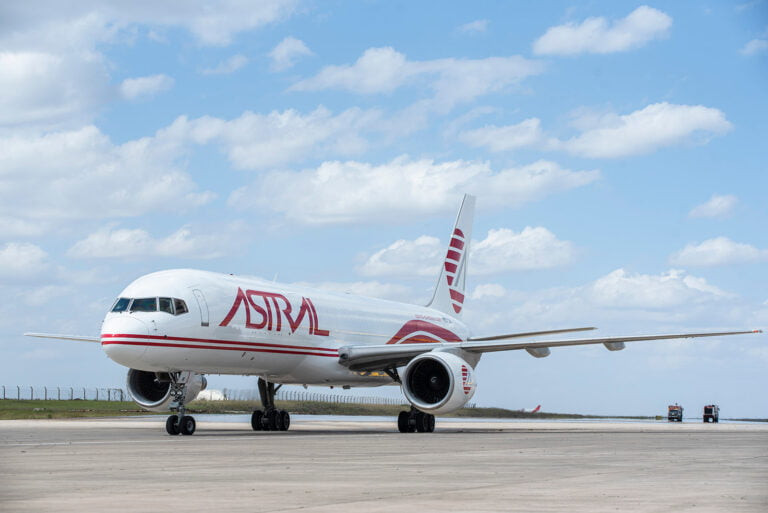Asia stands as Africa’s primary trade partner, with a significant influx of e-commerce and electronic goods from China. These goods often pass through Hong Kong en-route to the region, alongside pharmaceuticals primarily originating from India.
However, the existing freighter capacity between Asia and Africa remains limited. Consequently, much of the cargo traverses through Middle Eastern hubs or, in certain instances, European ones.
This scarcity of direct passenger routes between Asia and Africa further constrains belly capacity, underscoring the necessity to expand airfreight operations through dedicated freighters.
“Astral Aviation provides dedicated capacity on its B767F for scheduled and adhoc charters to and from Asia-Pacific (APAC) region which accounts for 40 percent of its flights,” Sanjeev Gadhia, Astral Aviation’s CEO, highlighted.
“Connecting airfreight from Hong Kong and Guangzhou into Astral’s Nairobi Hub offers a reliable and efficient flow of e-commerce cargoes for Africa.”
Target market
Astral Aviation’s focus is on niche markets from the APAC Region to the Middle East and Africa, offering a combination of ad hoc and scheduled flights that are tailor-made for e-commerce shipments.
The Boeing 767F, with a payload of between 40-50 tonnes, is an ideal freighter for mid-sized volumes with point-to-point solutions which gives Astral a competitive advantage.
“Astral Aviation plans to commence scheduled flights from Guangzhou to Nairobi and Johannesburg with effect from July 2024 following the arrival of its B767-300F, which will offer new opportunities and capacities for airfreight from China – Africa,” Gadhia outlined.
Trending upwards
Forging interline collaborations with various airlines in Asia, notably China Southern, Cathay Pacific, SF Express and China Airlines, Astral Aviation has worked to promote the consolidation and distribution of cargoes destined for Africa in various hubs.
Over the past 12 months, this has led to the carrier experiencing over 30 percent growth in the Asia Pacific Region, likely to increase by 15 percent every year from 2025 onwards.
“This is a remarkable improvement from 2021 – mid 2022, when exports from the APAC region were at the lowest levels following Covid-19 and the late resumption of exports, especially from China,” Gadhia proudly stated.




